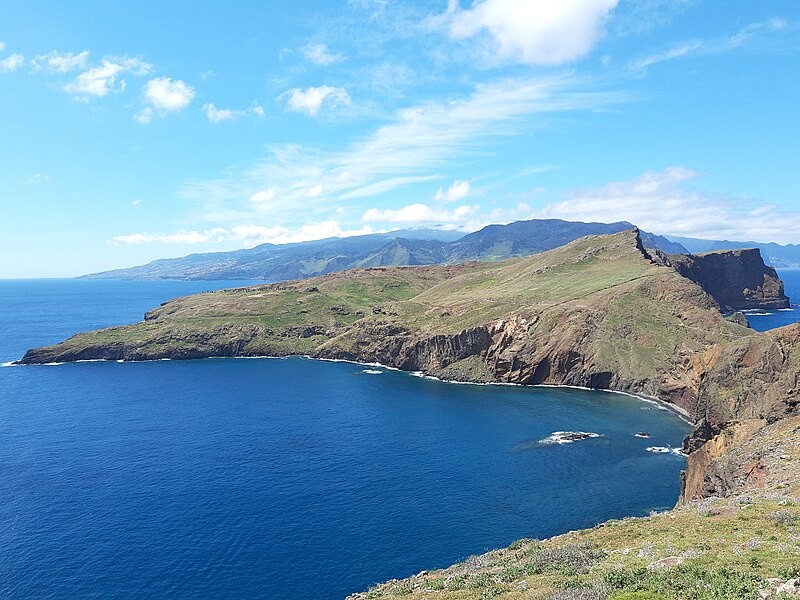Jellyfish rank among the most mysterious creatures on Earth; they have inhabited our planet for millions of years, even before the existence of dinosaurs. These free-swimming marine coelenterate pulse along ocean currents and are abundant in cold and warm oceans, deep water, and even on long coastlines.

Importance of Jellyfish to Ecosystem
The jellyfish food web, also known as the jelly web, plays an important role in processing organic matter, so understanding this network can help gain insights about marine food webs. As voracious predators, jellyfish impact food webs by capturing plankton, which fish would otherwise eat. Then, they convert that food energy into gelatinous biomass.
Jellyfish can occur in large numbers, and when a 'jelly bloom' dies, a large amount of this biomass sinks at the bottom of the sea. In many regions, such as Madeira, experts do not know how much of it reaches the seabed or who feeds on it.
These invertebrates are notoriously difficult to study since they are extremely fragile, making them challenging to catch intact with nets. Because of this, the contribution of these animals to the marine food web remains largely unexplored. This is particularly true for the deep sea, where there are still many blank spots on the map of human knowledge.
Deep-Sea Expedition
On February 9, an international expedition with experts from various fields of research will set sail to explore unknown underwater habitats as well as their biodiversity around the island of Madeira.
The expedition MSM126 "Jellyweb Madeira" will be led by marine biologist Dr. Jan Dierking from the GEOMAR Helmholtz Centre for Ocean Research Kiel. The crew will embark on the German research vessel Maria S. Merian on this journey.
According to Dr. Dierking, it is doubtful that the team will discover new marine species on this cruise. This is because the planned investigations will focus mainly on the deep sea. This region remains largely unexplored due to extreme conditions such as extreme cold, darkness, and pressure.
The team of 22 scientists from 5 countries will use various state-of-the-art tools and technologies during the cruise. These include camera systems, various nets, remote sensing, a deep-sea robot, and oceanographic sensors.
Echosounders and towed cameras will be used to map three areas around the island of Madeira. Meanwhile, the Ocean Floor Observation System (OFOS) photo and video system will capture the seafloor for mapping purposes.
The project is a significant effort in Madeira to gain more knowledge on the deep sea to protect it better. Dr. Dierking hopes that data gathered during their expedition will not only fill knowledge gaps but also make solid contributions to protecting habitats and biodiversity in the seas around the region.
The jelly web was the focus of the EU Horizon 2020 project GoJelly, which sparked the idea for the MSM126 expedition. The results will be exploited in collaboration with partner institutes of the cruise. These will provide the foundation to pursue deep-sea work with the Regional Agency for the Development of Research, Technology, and Innovation (ARDITI) Madeira.
Check out more news and information on Jellyfish in Science Times.
© 2025 ScienceTimes.com All rights reserved. Do not reproduce without permission. The window to the world of Science Times.












